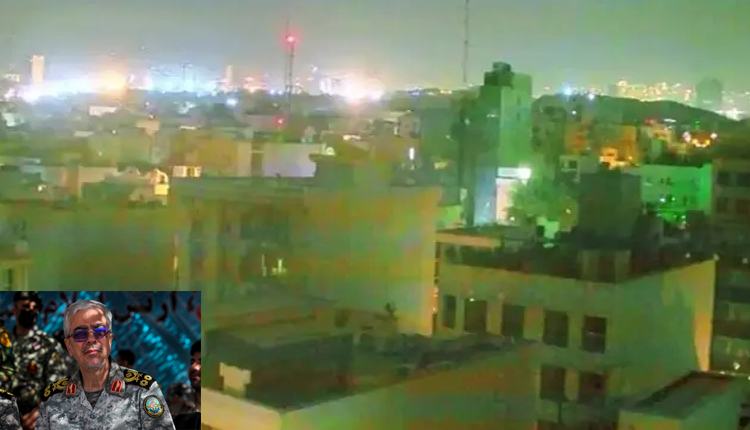New Delhi: On June 13, an unexpected wave of airstrikes blasted across the Iranian landscape, ripping apart clandestine laboratories and killing several high-ranking soldiers, an execution the Israeli press dubbed Operation Rising Lion. The raids blindsided both Tehran and the civilian nuclear inspectors stationed nearby.
Big-horned jets drilled through flat-roofed buildings at Natanz, pulverising the sophisticated centrifuges tucked under concrete canopies. That very strike reportedly ended Major General Hossein Salami, the iron-gloved commander of the IRGC. Israeli security planners hoped the blows would stretch Iran’s nuclear timetable by months, if not years, even if only a trickle of uranium hexafluoride escaped the debris.
An hour later Tehran battened the hatches and loosed more than a hundred armed drones toward the Israeli mainland; the aircraft buzzed like killer bees over the high plains. IDF screeners filed the numbers in neat rows and flipped the alarm protocol to RED. A nationwide blackout pierced even the neon on Rothschild Boulevard.
Secondary detonations rattled launch pads near Kashan and left charred wreckage in the port city of Bandar Abbas. Inspectors from the International Atomic Energy Agency fanned out within twenty-four hours and measured gamma levels that never climbed above routine background.
Iran insists its nuclear roadmap is purely civil—fuelling power plants and the odd research reactor—yet the same trajectory hints at military readiness. The fifty-year-old Bushehr reactor, christened by Rosatom technicians, spits out a smooth gigawatt, while centrifuge farms in Fordow and Karaj enrich modest heaps of 60-per-cent metal. IAEA monitors quietly estimate that stockpile could be coaxed into cores for eight to ten warhead-scale devices given political will and uninterrupted engineering.
The Natanz complex sits 220 kilometres southeast of Tehran and includes both underground and surface enrichment facilities. Altogether they house about 16,000 machines – including 13,000 still spinning – that produce uranium with a 5 per cent assay. Fordow, carved 80 metres into a mountainside near Qom, packs 2,000 higher-spec IR-6s that routinely work at 60 per cent. Each site sits behind layers of IAEA-monitored concrete yet remains heavily fortified.
A separate plant at Isfahan converts yellowcake into gaseous uranium hexafluoride, the immediate feedstock for centrifuge cascades. The heavy-water reactor at Arak is under redesign; modifications aim to slash the amount of plutonium it could yield if operated as originally planned. Bushehr along the Persian Gulf runs on Russian fuel, which substantially curbs any immediate proliferation worries. Even so, undeclared locations such as Turquzabad and Varamin have surfaced in satellite imagery and now show faint deposits of enriched uranium.
Secretary of State Antony Blinken has stated bluntly that Tehran’s accumulated stock makes its breakout timeline measured in days rather than weeks. In counterpoint, Supreme Leader Khamenei denounced any military incursion as a crime deserving rapid retaliation. Defence analyst David Albright reminds observers that Fordow’s bedrock burial renders it almost impervious to ordinary bunker-buster ordnance, complicating Israel’s targeting calculus.
The recent strikes – in whatever theatre they occur – have drawn Iran’s atomic programme back into the headlines and ignited fears of a wider regional conflict. Hidden workshops, ever-growing stockpiles, and stalled diplomatic talks keep the international community on edge, desperate for any renewed dialogue yet bracing for the alternative.



Comments are closed.